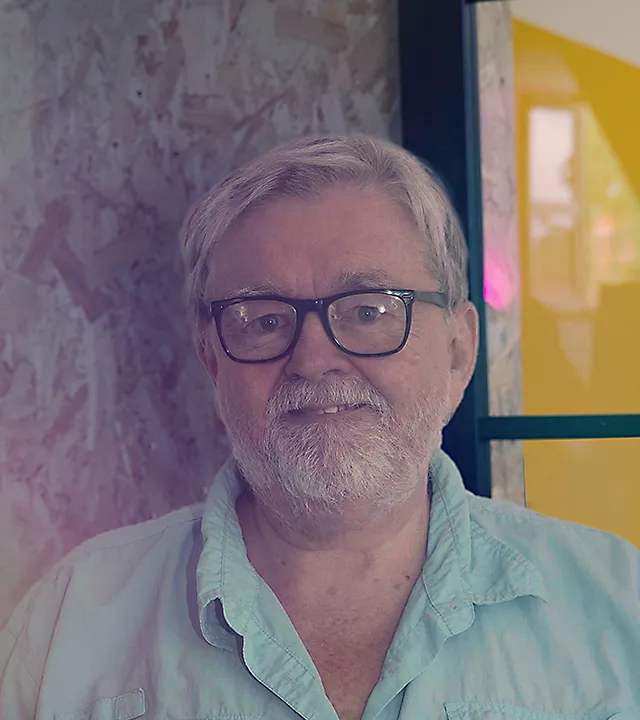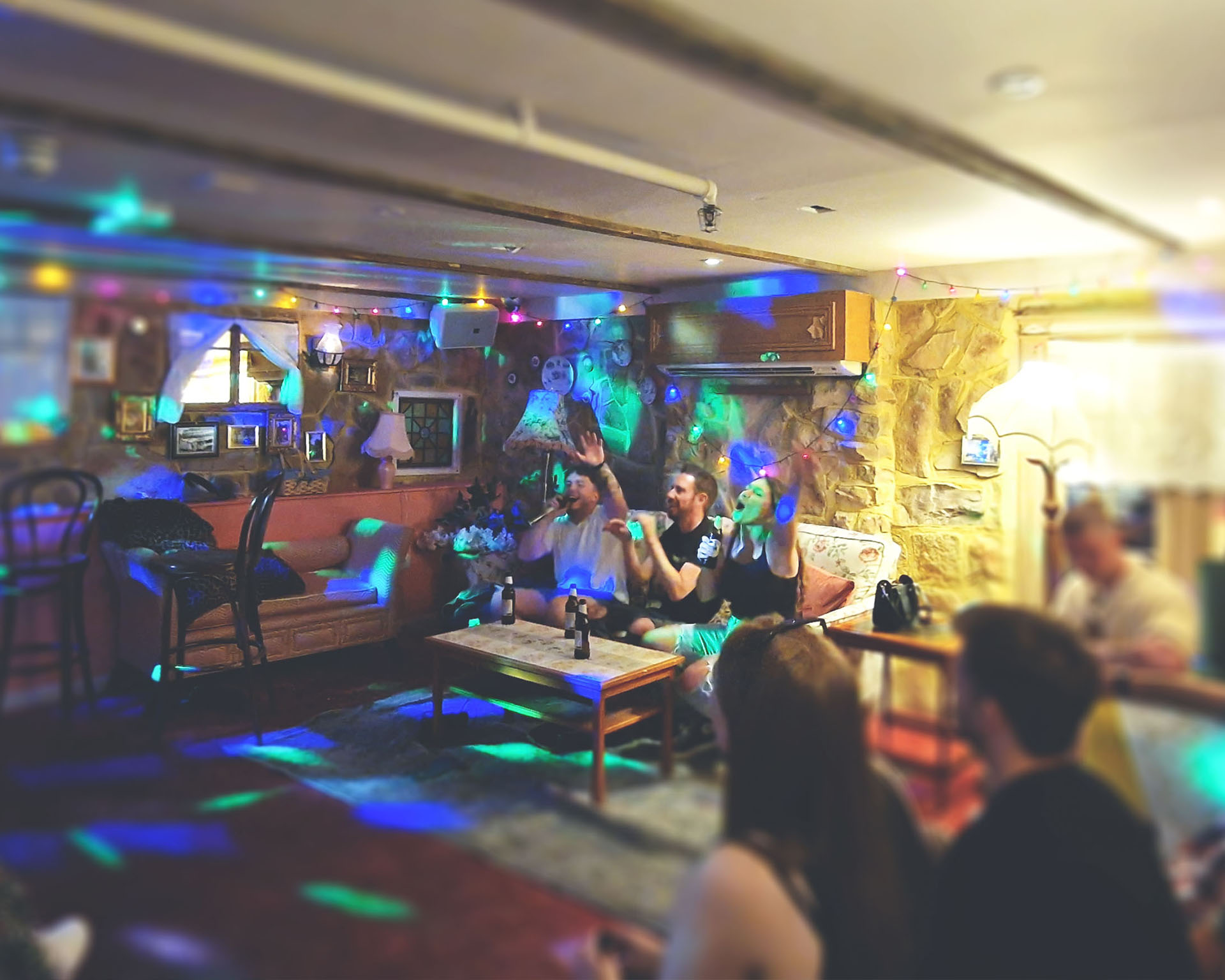IKEA is one of the UK’s favourite brands, with its furniture and accessories found in millions of our homes, offices, schools, hotels, and cafes. With over 225,000 employees and 10,000 products in its range, Ikea clearly knows a thing or two about marketing.
But when you come to think about it, much of what they do overlaps with the property marketing community. They might not be selling homes (well, actually they do…but we’ll come onto that later), but both Ikea and property marketers are in the home business - just different ends of the scale!
So, what can property marketers, developers and estate agents learn from Ikea and their unique approach to marketing?
Lesson 1 - Display in a way that’s designed to inspire the customer’s vision.
Ikea could just display their furniture individually on shelves like B&Q but instead, whether it’s the imagery on their website or physically in their show rooms, Ikea stage their products in a way that captures the best angle for each item of furniture.
The property industry is waking up to the idea of staging their homes when going to market, whether physically or digitally. At DCTR we help agents and developers up and down the country display their homes in an irresistible way, adding photorealistic furniture to rooms or decluttering kitchens digitally, but it shouldn’t stop at images. The best agents and developers will work hard to stage their home for physical viewings too. Decluttering, lighting candles, plumping pillows – all that stuff really matters!
Before you publish your next property or hold your next viewing, go in with fresh eyes and ask yourself – am I inspired? If you’re not, then it’s likely your prospective purchaser won’t be either.
Lesson 2- Create an experience
What’s the first thing you think of when you think IKEA? It’s probably furniture, but it could also be Swedish meatballs or a Saturday afternoon meandering through their giant warehouse while arguing with your spouse. Shopping at IKEA is different than shopping at other furniture stores, and it makes IKEA’s model a unique experience for its customers.
Hold your horses, you don’t need to go and buy tray of meatballs for your next viewing, but the ‘experience’ is certainly worth considering.
When you’re planning your marketing strategy, you should think outside the typical sales box and look at every stage of the customer journey, whether they’re a vendor or a potential purchaser.
Here are a few ideas -
1 – Build the anticipation! When your customer books a viewing, build the anticipation. Companies like Acaboom can already help with the pre-appointment contact to enhance your buyers’ experience. Or perhaps you could go one step further and share ‘sneak peek’ photos of the property, or stories about the local area.
2 – Build an experience in your office or marketing suite! Companies like Redbrik Estate Agents have taken the ‘would you like a complementary coffee while you wait?’ concept one step further by opening their own coffee shop inside their offices. Called Raffina, you'd be forgiven for not realising you're sitting in an estate agent cafe when you pop in for a coffee. They’ve created a community hub and another reason to visit their offices and interact with the brands in a totally different way.
3 – Build an experience during your viewings! If you have a decent budget, then perhaps take a look at Berkeley Homes and their ‘Immersion room’ at West End Gate. A multi-sensory environment to discover the range of apartments before they’re built. if you don’t have the budget (most don’t!) then why not turn on some music, light some scented candles and consider all the multi-sensory ways you can improve a customer viewing that helps tell the story of the property you're selling.
Lesson 3 - Have a strong visual identity
When you see or hear an advert by Ikea, you just know it’s them! Equally, when you see an image of one of their kitchens, or a lounge set or office setup, again, you know it’s Ikea. Even their instructions follow an iconic design!
Ikea even continue their visual identity right through their own property development brand called Boklok. Not only does their Boklok website look like a new chapter of their furniture website, but the imagery used to sell the homes looks like it could be used to sell their furniture too. A great example of brand extension - keeping marketing assets super standardised and succinct to enhance the overall brand.
Every property and brand ad you run should also contribute to and reinforce your brand’s image, or the image of the development you’re building to the point where eventually people will be able to tell it is your ad without much analysis.
A great brand that does this with their imagery is Mr & Mrs Clarke. Their photos do a fantastic job of visual storytelling, using animals, people and objects in a way that enhances the aesthetic of the property – and their brand.
Lesson 4 - Don’t make your customers think too hard
Admittedly, once you get the products home it can feel like there are times when even a rocket scientist would struggle to follow the instructions.
However, your time inside the store is another matter completely.
The IKEA store is essentially one huge showroom, with all their products laid out in such a way that you instantly know how they look in a real-world environment; no imagination required.
There are also many other small attention-to-detail features within an IKEA which shows they don’t leave anything to chance with their customers e.g.
- They show the rug dimensions on the floor to make it easier for you to visualise.
- The store is laid out to force you down a set path, so you don’t miss any products
- …which also makes getting lost and frustrated impossible. Just keep walking!
There are many ways you can apply this principle to your property marketing.
Perhaps the property you’re selling could do with a renovation or has planning permission for an extension... As long as you stipulate very clearly that it’s an artist impression, then use a visualisation service like ours at DCTR (or similar!) to visualise the opportunity for them! We can do crazy stuff like digitally knocking down walls in photos to show how a kitchen would look in the dining room or replace ugly furniture with aesthetically pleasing style sets that show the true potential of a space.
Or think even further outside the box and take a leaf out of Sage Homes book who recently worked with an agency called Focus Experiential to place Alexa speakers in each room of their show home. When a prospective buyer entered each room, they could ask Alexa about the features and spec.
Your job as property marketers is to BE the imagination for the potential purchaser. People find it easier to emotionally connect with brands and spaces that focus on the ways that make their life easier. So, think about how you can improve the experience by making things easier for them to ‘see themselves’ living in a home the next time you’re going to market.
Lesson 5 - Sell the benefits, not the features
IKEA’s advertising is very rarely about the products themselves; it's about the positive experiences you will see as an outcome of filling your house with their solutions.
Do you provide clients with a cold, hard list of features and leave them to work out how that applies to them, or do you sell benefits that will act as solutions to their needs/wants? When was the last time someone really cared about how many radiators the house had?
Don’t just list the type, location, and number of solar panels – tell your potential purchasers how much money they could be saving in heating bills!
Lesson 6 - Embrace CGI – even if it’s not a new build
Here’s a fact for you. In 2014, over 75% of Ikea Images were CGI. Now, in 2022 it’s nearly 100% (I made that last fact up, but I assume it’s getting there!). In fact in 2020 Ikea introduced a full-CGI, photorealistic ‘influencer’ as the model in their imagery and ad campaigns. It was so lifelike; most people didn’t realise they weren’t human!
CGI is becoming more-and-more a part of everyone’s lives and it’s the backbone of the new homes industry as a sales tool for selling off-plan homes. That said, it can be used in the wider resi market too. Whether you’re selling a home that has great potential for a new kitchen or the home just needs some art on the walls, these days CGI is a great tool for property marketers to create better imagery.
Ikea use CGI because on the one hand they can create better, picture perfect imagery, but on the other hand it gives greater control to show different specifications, colours and textures of the same product. In much the same way, companies like our can visualise the same space in multiple colours, flooring, and material type to give potential purchasers a better idea of how their choices might work in situ.
Lesson 7 - And finally, don’t Take Yourself Too Seriously
Consumers nowadays are getting tired of the hard sell, and that’s part of the reason IKEA’s strategy resonates with them.
IKEA knows furniture is part of your life, but they also know there are more important things in your life than their products.
Their advertising reflects this by keeping thingslight and fun.
At the end of the day, consumers need to picture themselves living in the homes you’re selling. It’s a highly emotive decision so why not add to the experience and keep it light-hearted, down to earth and ‘real.’ Include pets in imagery, add remote controls in CGIs and so on.
So I hope this helped to spark some ideas! It’s always worth considering other mega brands outside of the property industry to help inform your own, unique approach to how you market your property.











